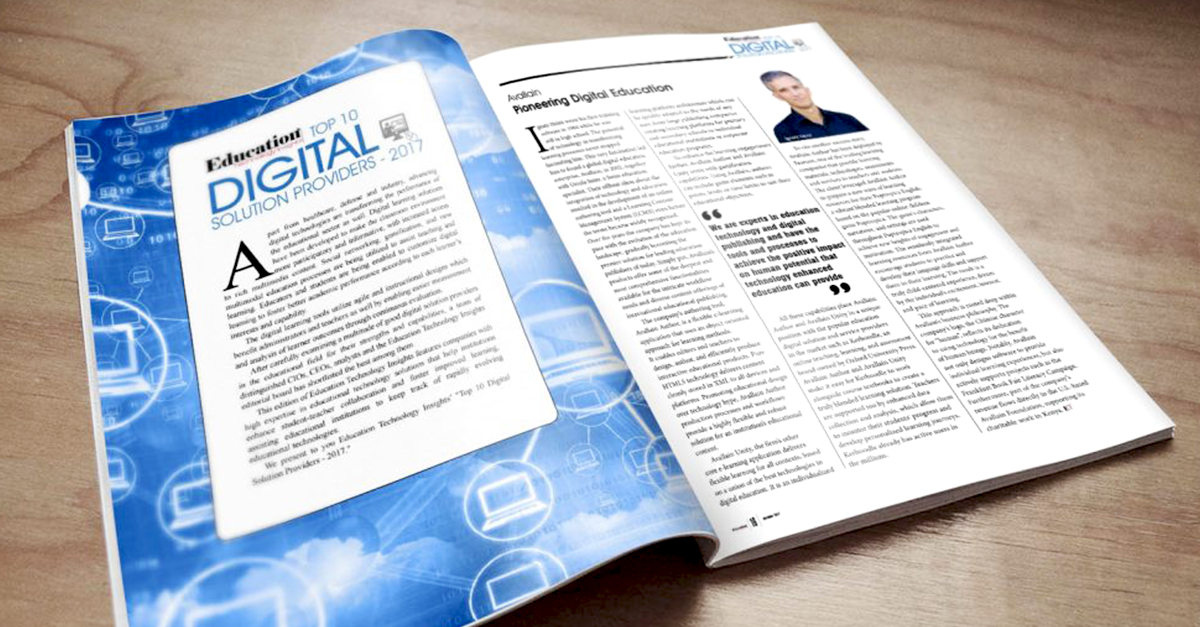Image © Johannes Berrens, genuina.de. With kind permission.
Language is a vital part of human life. Not only do language skills allow people to get involved with their community, but they are also necessary for engaging with educational programmes and vocational training schemes. Thus, it should come as no surprise that a large part of the prison population in countries like Germany is comprised of young immigrants and unaccompanied child refugees. Their often poor language and social skills leave them with few prospects within German society.
Effectively teaching the German language to these people is the only way to prepare them for further education, with the final goal of successful rehabilitation. Simultaneously, it also enables prison staff to communicate with the inmates. For these reasons, German prisons are now using a specially adapted offline version of the e-learning platform ich-will-deutsch-lernen.de (‘I want to learn German’ or ‘IWDL’), based on Avallain technology.
The fundamentals of teaching languages inside the prison system
After the highly successful launch of IWDL, it did not take long for German correctional institutions to take note of the e-learning platform, which had been officially commended by then-President Gauck. They wanted the opportunity to use the software, which combines Avallain software architecture with high-quality learning materials created using Avallain Author, as an e-learning tool for German prisons.
However, IWDL had initially been conceived as an educational tool for immigrants and thus needed to be adapted to the realities of prison life first:
- It needed to be fully usable even without an internet connection.
- The platform’s collaborative learning materials needed to be modified.
- Its blended learning focus needed to be expanded with exercises for individual learning.
All of these changes are vital for using the highly successful learning platform within a prison environment, as places such as Ottweiler Prison had learned. More than 70 % of this prison’s inmates are first or second-generation immigrants, often with very limited German language skills. Many of them also have a history of substance abuse or mental health issues, preventing them from taking part in regular educational programmes. Thus, our software’s cooperative learning approach – which made it the first ever e-learning platform approved for use in German immigrant integration courses – could not be employed to its full extent within a prison environment.
The IWDL intranet version
We created a special offline variant of IWDL which was integrated into E-Learning im Strafvollzug (‘E-learning in the prison system’ or ‘ELIS’), the official e-learning platform of German prisons. This allows the software to be installed on individual computers or a prison’s intranet, giving inmates easy access.
“Thanks to the modular structure of the Avallain software architecture, switching to offline usability and integrating the software into ELIS was the easiest part of adapting IWDL”, Ursula Suter, co-founder and Managing Director of Avallain recalls. “Due to the limited internet connectivity of prison computers, the rollout of updates may take a bit longer, but the added security is well worth it”, she says.
We also used Avallain Author to adapt the existing learning materials for use within prisons. Due to time restraints, limited availability of staff or individual correctional measures, it is often not possible for inmates to attend regular German language classes. Thus, the software’s newly adapted learning materials can be used for blended learning as well as individual learning.
Social integration as the ultimate goal
However, the actual purpose of teaching the German language in prisons also includes a social component, as inmates are meant to acquire three sets of skills:
- Language skills
- Social skills
- Knowledge of German social norms
These skills are useful not only for re-integrating inmates into German society but also for managing their time in prison. For example, German language skills are vital for successfully communicating with prison staff on a daily basis.
As part of ELIS, the offline version of IWDL teaches these skills by applying a scenario-based approach to learning. The software includes over 11’000 interactive exercises and 30 learning scenarios that are designed to embed activities within situations of everyday life. This allows learners without German language skills to gain a better understanding of the exercises while simultaneously conveying the values of a culture that might still be completely alien to the inmates at this stage. As a digital learning platform, IWDL is perfectly suited to support this approach by drawing from a large library of images, audio files and videos. These allow inmates to experience and understand everyday scenarios interactively.
Education and rehabilitation
For all of these reasons, ich-will-deutsch-lernen is one of the most popular learning platforms used within the German prison system today.
“The fact that IWDL is being used within the German prison system is more than just another accolade”, says Ursula Suter. “We believe that people who have become offenders due to a lack of education can be re-integrated into society by providing them with such an education. Our German language learning software allows them to actually take advantage of educational programmes offered in German prisons – preventing them from completely losing touch with the rest of society.”


